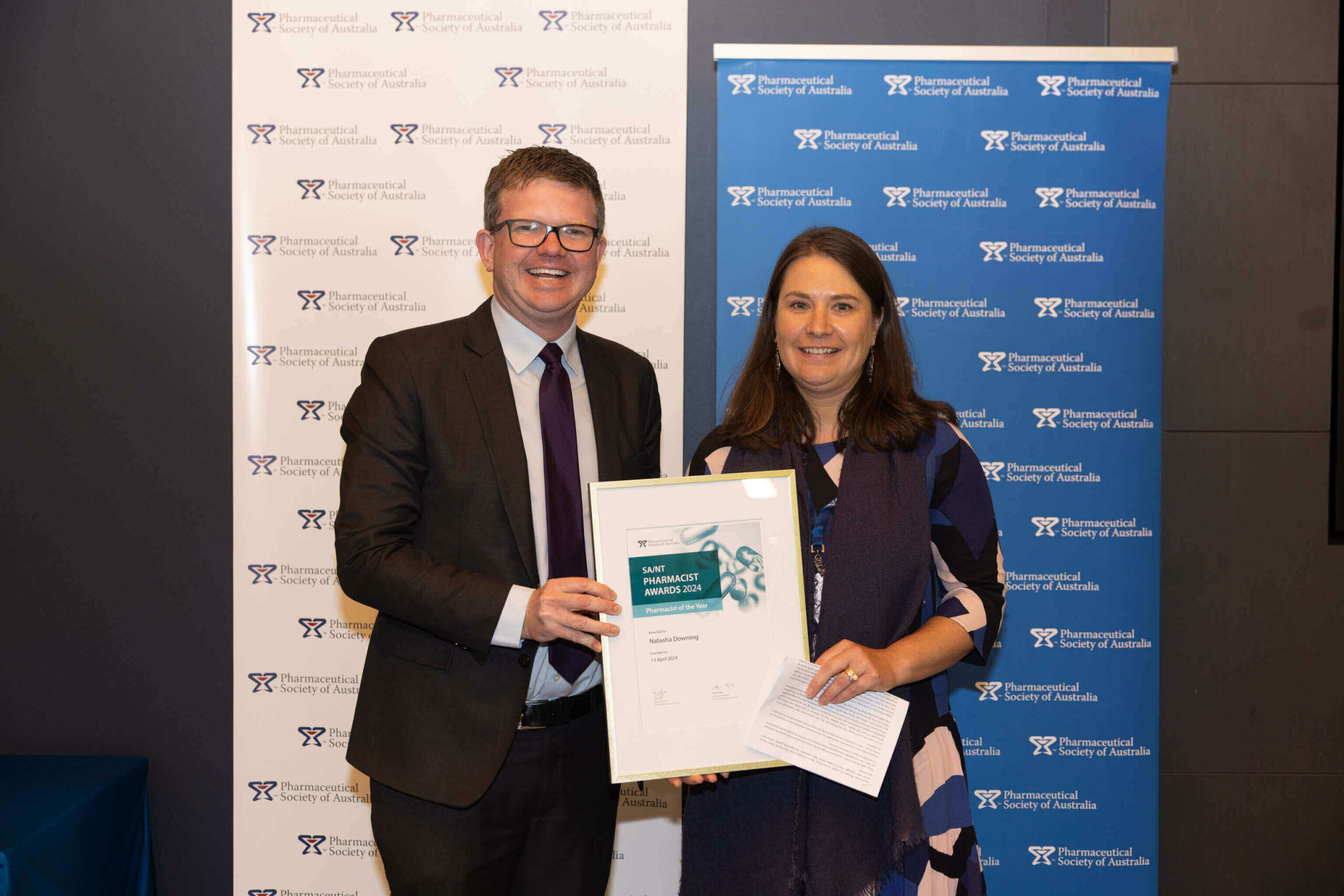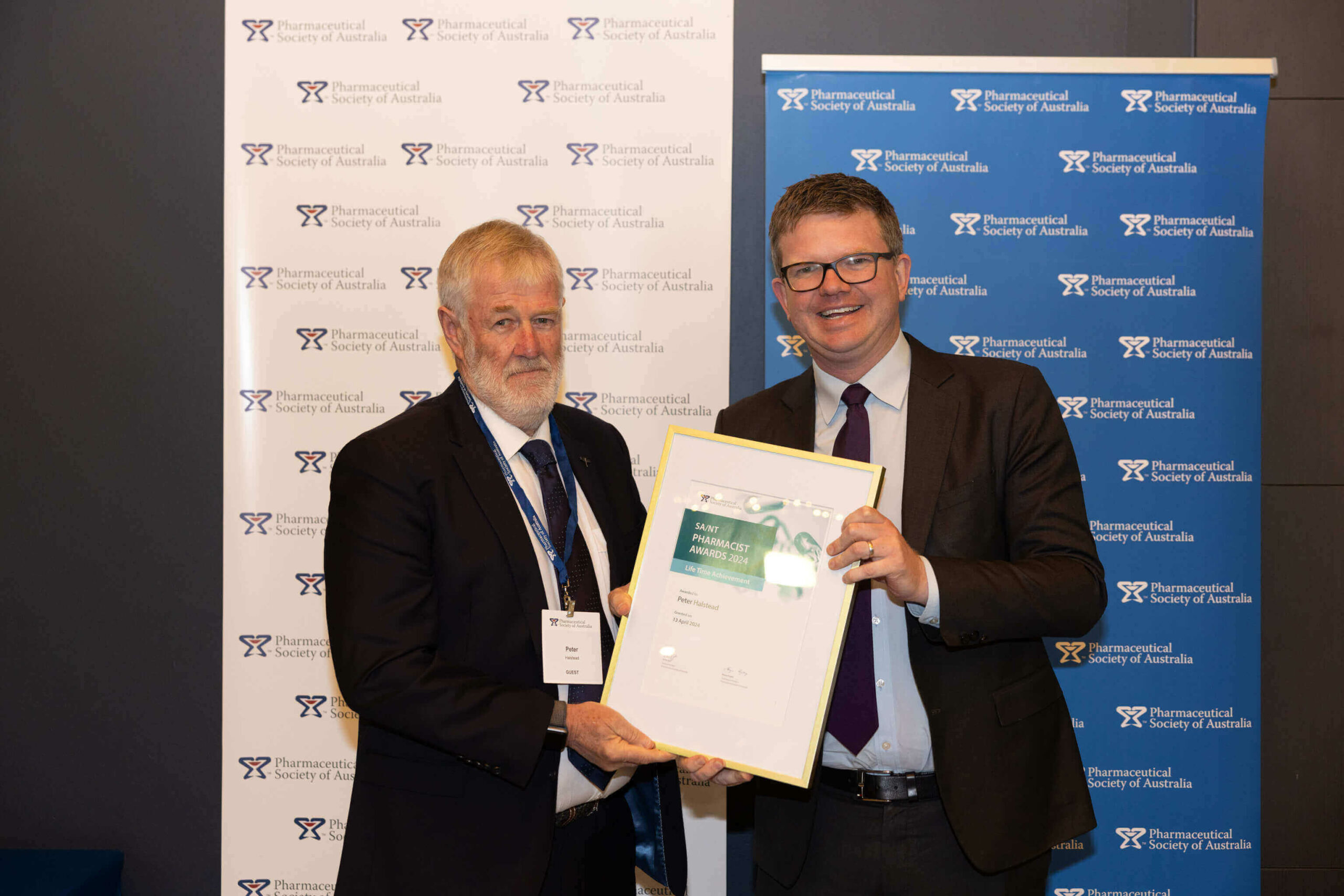Research into older Australians taking multiple medicines has highlighted fragmented communication between prescribers and shortcomings in patient understanding of their various medicines.
In a study published in the International Journal of Pharmacy Practice, Adelaide researchers surveyed 40 people aged over 65 who were taking one or more medicines and living in a community dwelling.¹
On average, participants were taking more than seven medicines each – both prescription and OTC, with almost 4 in 5 participants using five or more medicines regularly. They each had between one and five prescribers, with the average being 1.85.
‘When probed, most participants could not describe the indication for which each medicine was prescribed nor aware of any interactions between their medicines,’ the researchers wrote.
Almost 1 in 5 participants did not know the names of some or all of their medicines, and a quarter were not able to visually recognise their medicines, or could only recognise some medicines based on their size or colour.
Meanwhile, 38% of participants reported that their GPs never discussed side effects with them, compared to only 18% with pharmacists.
Responses also highlighted instances of doctor/patient communication breakdown, with one participant reporting: ‘I am sometimes apprehensive to tell my doctor about a small side effect because I don’t want to take another medication’.
Another highlighted the fragmentation of care they perceived: ‘Each specialist is only worried about their own problem and not me as a whole with my other conditions’.
‘Patients noted that fragmented communication may result in prescribers only managing the condition within their specialised area,’ the researchers wrote.
‘Hence it becomes vital for pharmacists to highlight the use of multiple medicines and collaborate with prescribers to review medicines. This collaboration can address participants’ concerns with the use of multiple medicines and overprescribing, specifically in the multimorbidity setting.
‘These concerns could be overcome by implementing non-dispensing pharmacists in community pharmacies to enable more opportunities to better address patients’ needs.’
The researchers noted that the nature of the study posed some limitations, including the presence of social desirability bias (i.e. the tendency for participants to give what they believe to be a socially acceptable response, rather than genuine knowledge about their medicines). The study also did not capture non-ambulatory patients.
The full article is available here (paywall)
References
[1] Corre, L. J., Hotham, E. , Tsimbinos, J. , Todd, I. , Scarlett, G. and Suppiah, V. (2018), Assessment of patient understanding of their medicines: interviews with community dwelling older Australians. Int J Pharm Pract. (epub) 29 June 2018 https://doi.org/10.1111/ijpp.12466




 Dr Malcolm Gillies[/caption]
Dr Malcolm Gillies[/caption]

 PSA SA/NT Pharmacist of the Year Natasha Downing MPS[/caption]
PSA SA/NT Pharmacist of the Year Natasha Downing MPS[/caption]
 PSA SA/NT ECP of the Year Raymond Truong MPS[/caption]
PSA SA/NT ECP of the Year Raymond Truong MPS[/caption]
 PSA SA/NT Intern of the YearChloe Hall MPS[/caption]
PSA SA/NT Intern of the YearChloe Hall MPS[/caption]
 PSA SA/NT Lifetime Achievment Award recipient Peter Halstead FPS[/caption]
PSA SA/NT Lifetime Achievment Award recipient Peter Halstead FPS[/caption]
 Pharmaceutical Society Gold Medal recipient Amelia Thompson[/caption]
Pharmaceutical Society Gold Medal recipient Amelia Thompson[/caption]

 Prof Danchin is a consultant paediatrician at the Royal Children’s Hospital and Clinician Scientist, University of Melbourne.
Prof Danchin is a consultant paediatrician at the Royal Children’s Hospital and Clinician Scientist, University of Melbourne.
 Overview of the categories
Overview of the categories  Category B3
Category B3

 Patient considerations
Patient considerations








